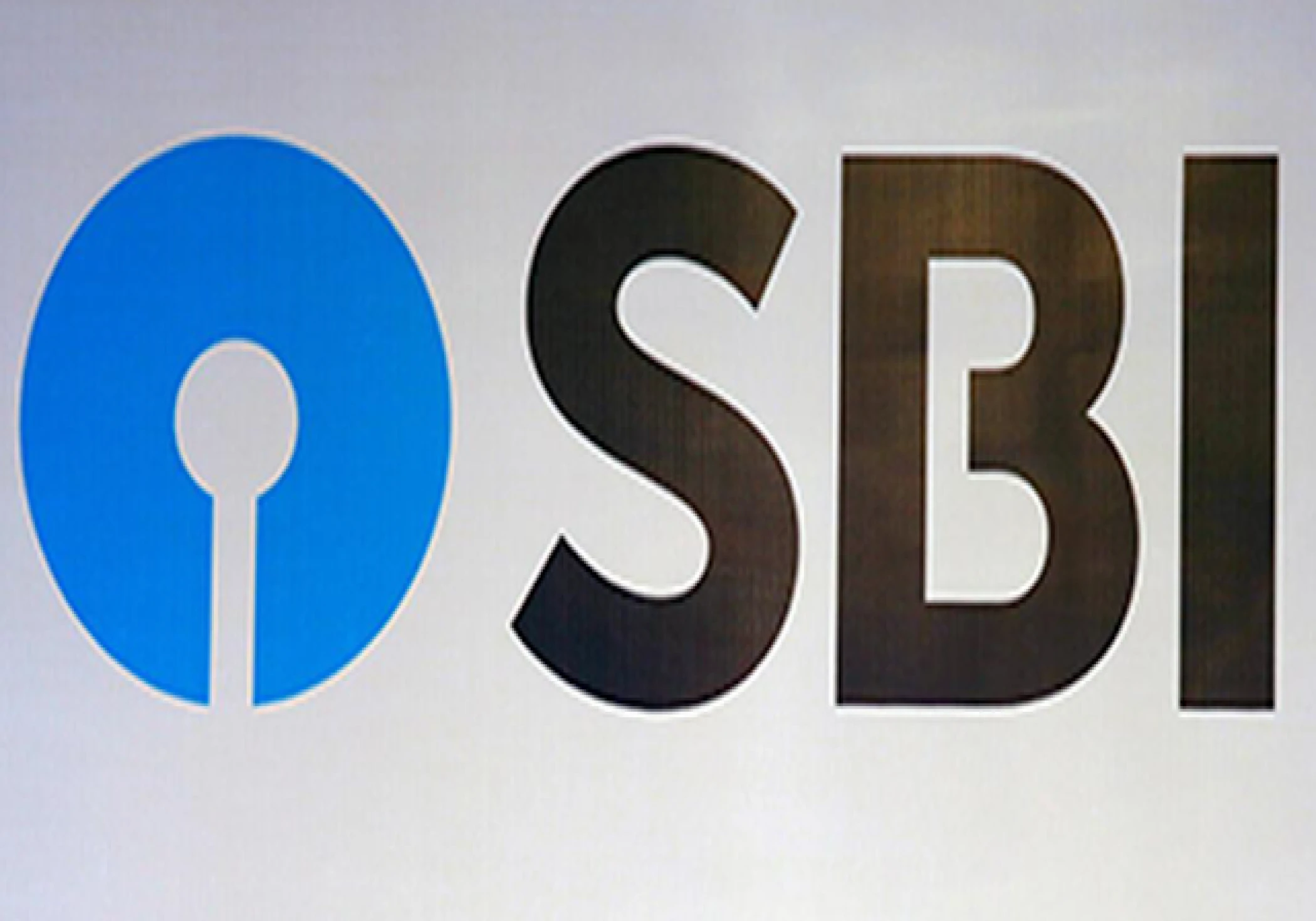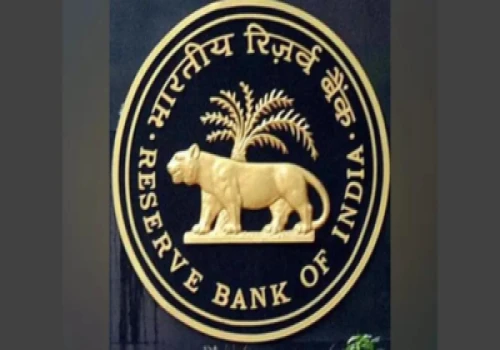
The State Bank of India has announced the implementation of UPI interoperability in its Digital Rupee (eRupee) also called Central Bank Digital Currency (CBDC). This interoperability of UPI and CBDC will ensure safe, fast, and seamless transactions between a customer and merchant without switching between multiple digital platforms.
The CBDC is a legal tender issued by the RBI in digital form, which can be transferred electronically from one holder to another. It is the same as a fiat currency and it is exchangeable one-to-one with government-issued money. Simply, the digital rupee is the same as a banknote or coin that we use daily but only it is in a digital form. E-rupee will be issued in the same denominations as paper currency and coins and the transactions of e-rupee can be both person-to-person (P2P) and person to merchant(P2M). However, India is not the first country to launch the CBDC. Bahamas has been the first economy to launch its nationwide CBDC — Sand Dollar.
Nigeria is another country to have rolled out eNaira in 2020.
China became the world's first major economy to pilot a digital currency e-CNY in April 2020.
Korea, Sweden, Jamaica, and Ukraine are some of the countries to have begun testing their digital currency and many more may soon follow.
The CBDC will reduce the operational costs involved in physical cash management. It will help foster financial inclusion, bringing resilience, efficiency, and innovation to the payment system.
There are also potential drawbacks to CBDCs. One concern is that they could lead to increased surveillance of financial transactions, which could raise privacy and security concerns. Additionally, the implementation of CBDCs could be costly and complex, and there may be risks associated with the integration of CBDCs into existing payment systems.
Another potential drawback is that CBDCs could have a negative impact on the banking sector. Banks may face increased competition from CBDCs, which could lead to a decline in their profits and a reduction in the availability of credit.
This move connects CBDC with the widely used UPI platform, potentially changing the payment landscape in India. It suggests a future where CBDC plays a more central role in everyday financial transactions.




